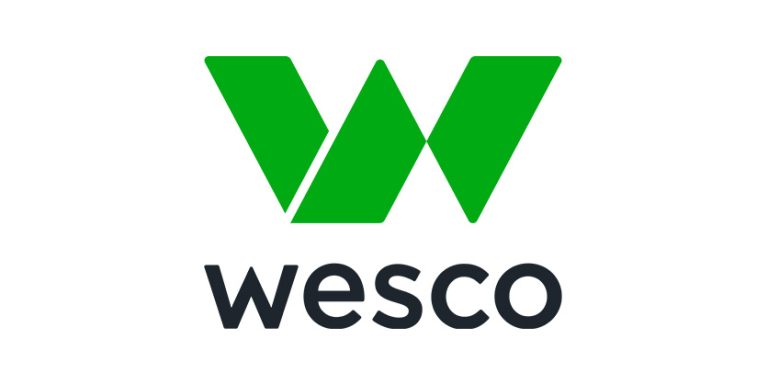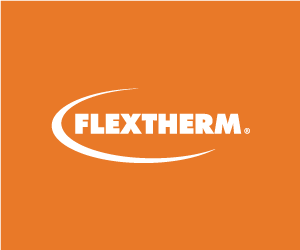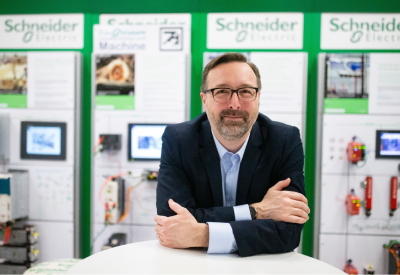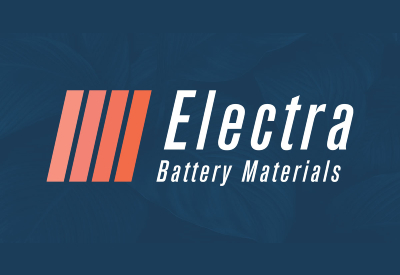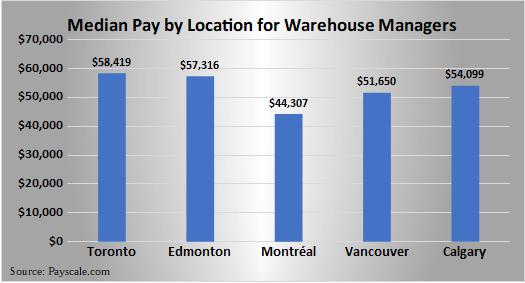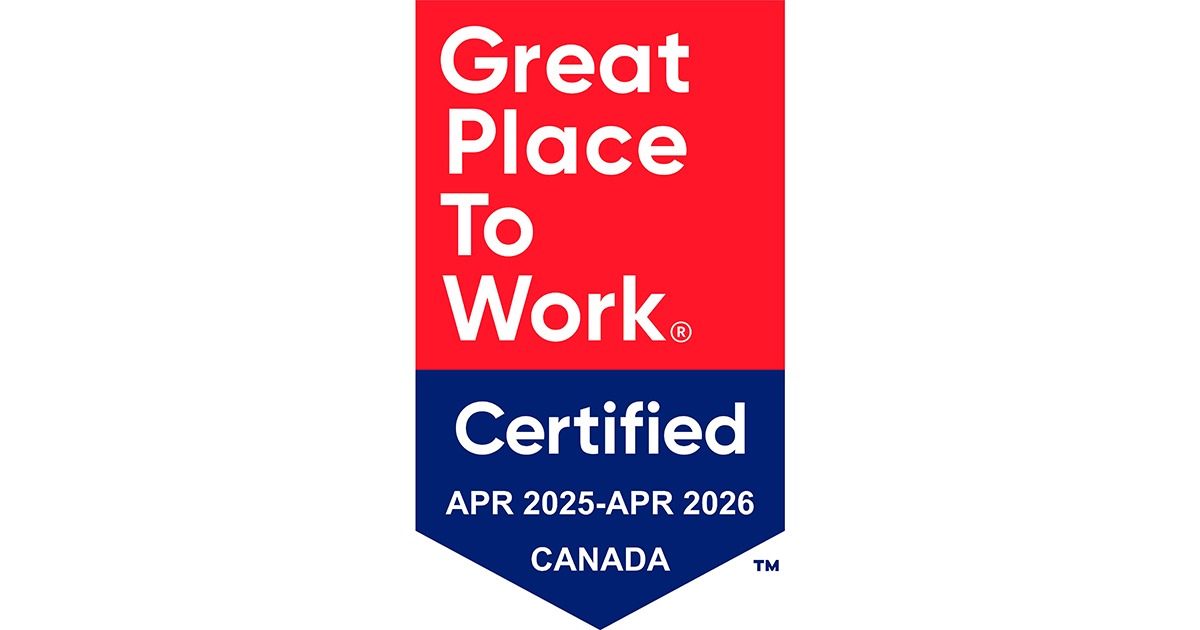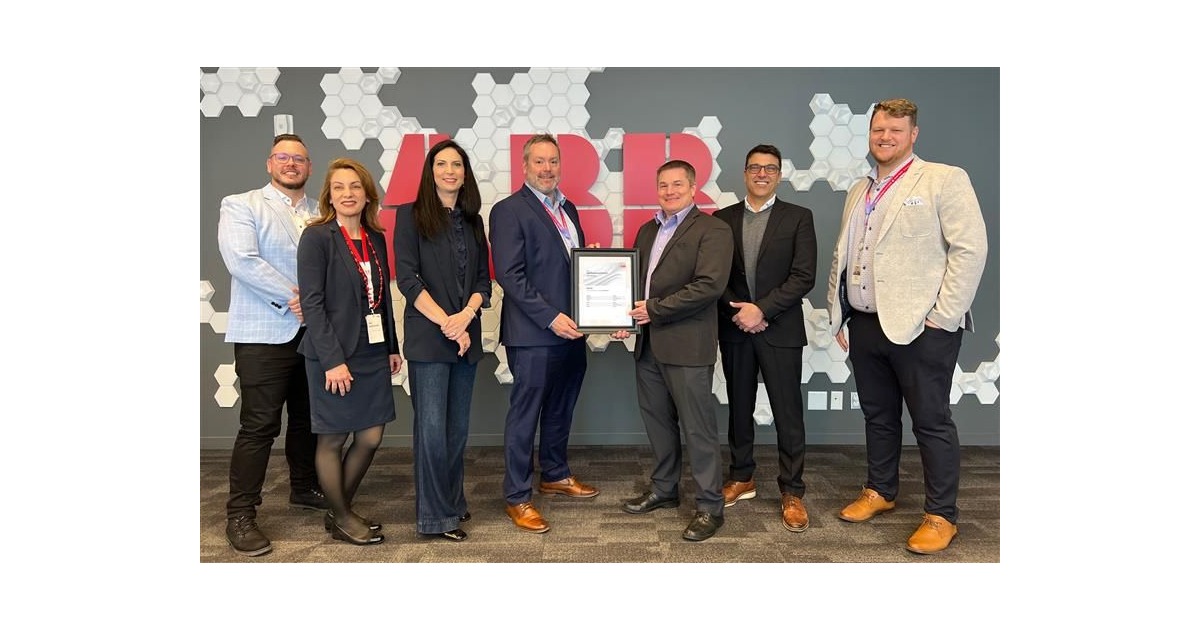Rebates, Co-op $, Marketing Development Funds — What’s Next?

Over the past few weeks I’ve tried to identify where and when rebates started in the electrical industry. After numerous conversations with current/retired management, I have determined that the first rebate program in our industry came out of the plumbing channel of distribution. At the same time, I could not determine which manufacturer actually started this process.
Some of us do remember the good old days in which we had a price sheet, a discount structure, and nothing else concerning pricing for ongoing into stock business in our respective trading areas. I do recall the first extra 5% for new projects, which I told the distributor I could not meet. I saw the order go to my competitor.
Around the same time, the early 1970s we saw “Incentive for Growth” programs emerge in our industry. This quickly evolved into common language when we sat down with distributor management teams across the country. Bottom line: it became another cost for manufacturers. Most of the time the “Incentive for Growth” worked and is still used today.
In the early 80s we witnessed a program called Co-Op $ emerge in our industry. In the beginning, most manufacturers and distributors benefitted from this program. However, when the regional and national distributors started to expand, a new terminology “Marketing Development Funds” started to take hold. Bottom line: this was another additional cost for manufacturers.
At the same time, we also saw the first “Buying Group/Marketing Group” gain a foothold in the electrical industry. The primary guideline for these groups is to provide a more proactive partnership relationship with distributors and manufacturers whereby both would profit.
As you have already assumed, this became another cost for manufacturers. When the growth rate is high enough, the cost of these programs work for both parties. However, when we have zero or declining growth, the program becomes a problem for the manufacturers.
The most logical question is when will the cost of these programs become too large for manufacturers to continue to participate. We all know that material cost, operational cost and even taxes continue to rise, which squeezes the profits from manufacturers trying to maintain past performance.
With the advent of the next generation of distributing and manufacturing management, who are using the Internet and social media, I start to wonder what proactive growth program will we will see next.
I do know that in public companies, shareholder equity is paramount and in privately held companies no one wants to earn less year after year.
I am not smart enough to even guess what it might be next, but I know after someone introduces the program I will either have mixed emotions or state this is greatest thing since slice bread and ask myself why didn’t I think of it first.
Bottom line: prepare yourself and your organization for change because we all can agree it will happen. We just don’t know when.
Paul Eitmant is President and CEO of IP Group International, which serves the needs of business-to-business enterprises in over 30 countries worldwide by adding specialized expertise to the business planning and implementation process; Tel: 480.488.5646; paulipgroup@cox.net.

